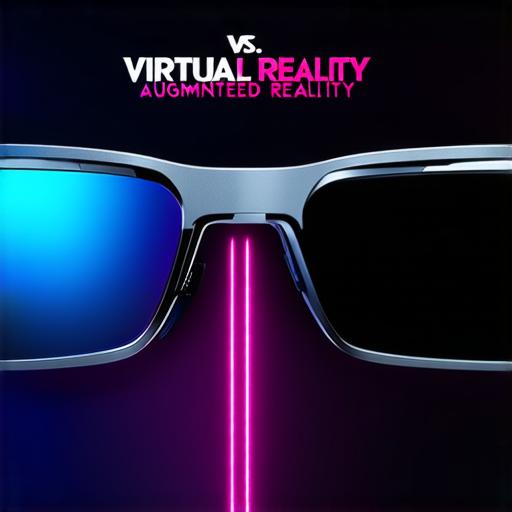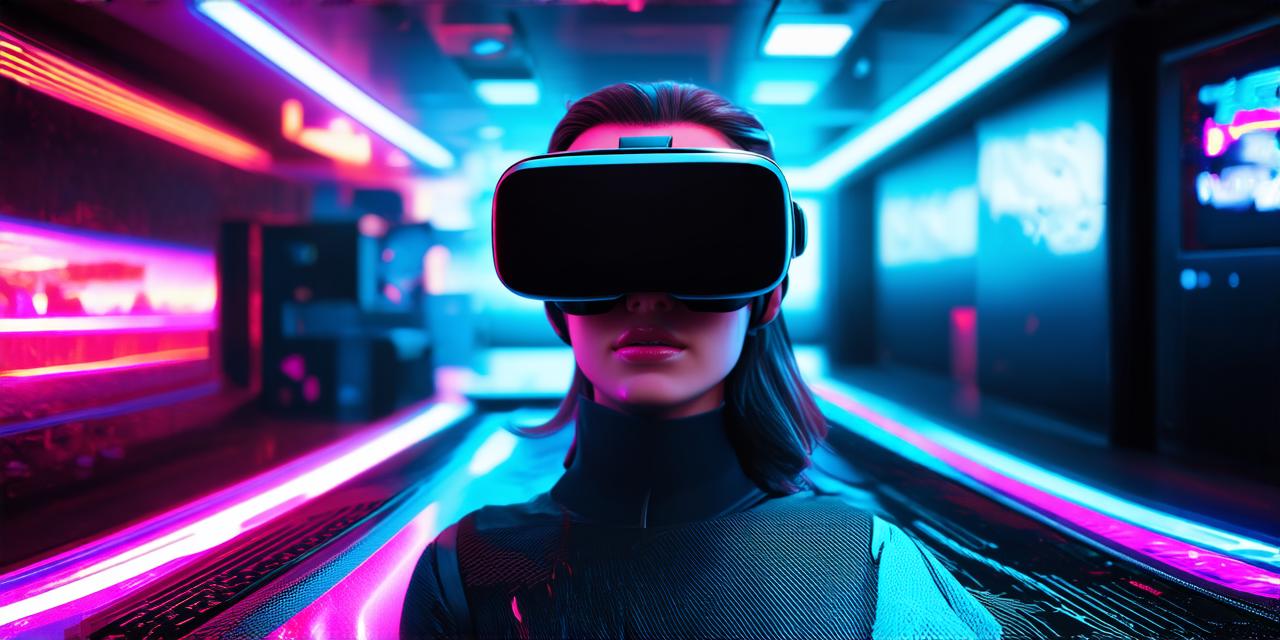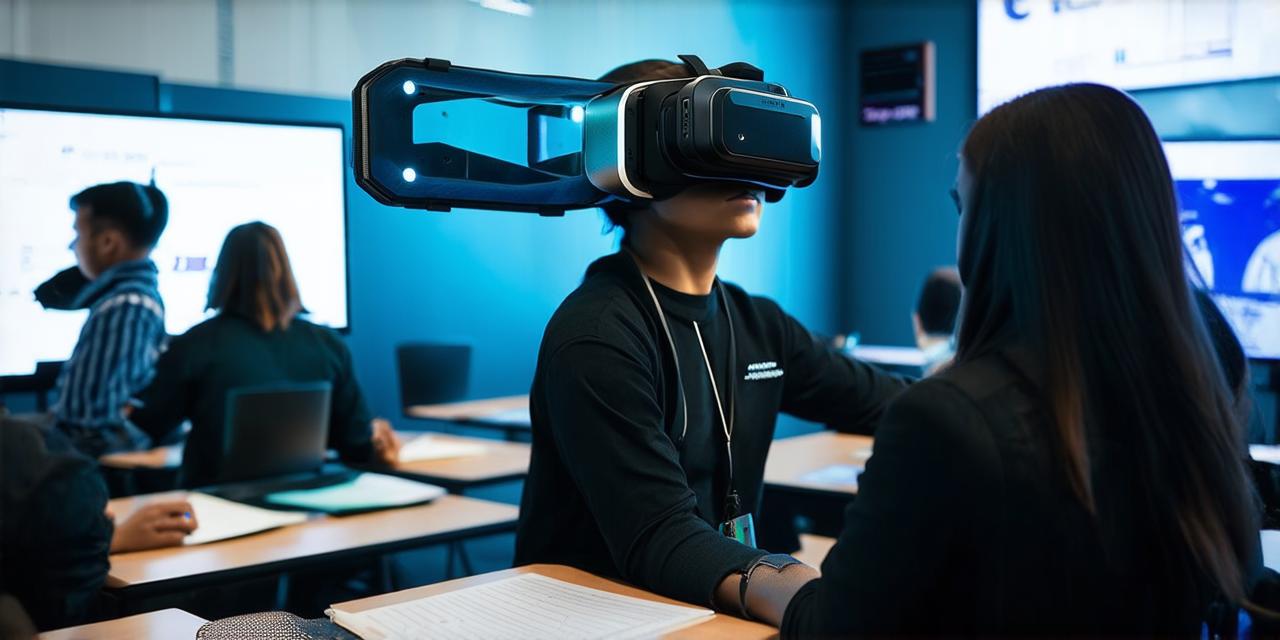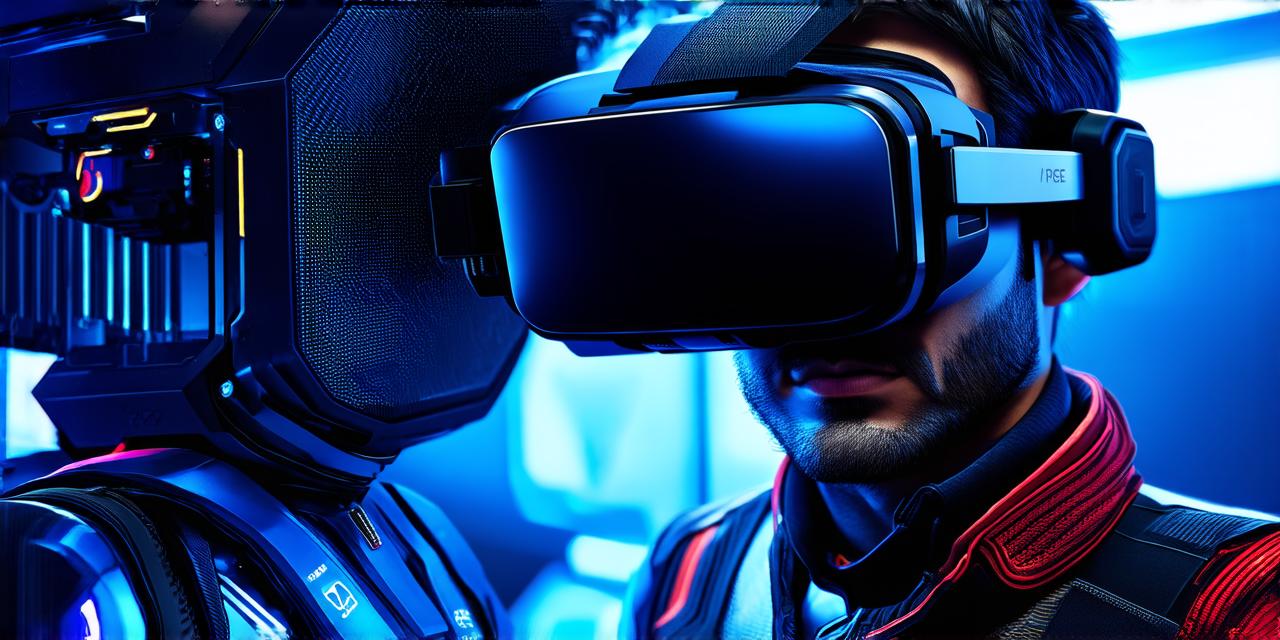Virtual Reality (VR) and Augmented Reality (AR) are two of the most exciting technologies in the world of computing today.
Both of these technologies offer users immersive experiences that blur the line between the real and virtual worlds, but there is a fundamental difference between them. In this article, we will explore what that difference is and how it affects the way people interact with technology.
Virtual Reality: Immersing Users in a Completely Fictional World
Virtual reality technology creates a completely fictional environment for users to interact with. It uses specialized sensors and displays to create a 3D world that the user can explore using head-mounted displays (HMDs) or other devices. VR systems are designed to fully immerse the user in a virtual world, allowing them to experience things that they would not be able to in the real world.
One of the most popular applications of VR technology is in gaming. Gamers can use VR headsets to enter into a completely immersive game environment and interact with characters and objects in ways that are not possible in traditional games. For example, users could explore a virtual castle and engage in battles with mythical creatures or explore a virtual city and interact with its inhabitants.
Virtual reality technology can also be used for training purposes. It allows users to practice skills in a safe and controlled environment without the risk of injury or harm. This is particularly useful in fields such as medicine, where VR simulations can be used to train surgeons and other medical professionals in complex procedures.
Augmented Reality: Enhancing the Real World with Virtual Elements
Augmented reality technology, on the other hand, enhances the real world with virtual elements. It uses sensors and displays to overlay digital information onto the real world, allowing users to interact with virtual objects in their physical surroundings. AR systems are designed to be seamless and unobtrusive, making it easy for users to integrate the virtual world into their daily lives.
One of the most common applications of AR technology is in mobile apps. Many apps use AR to enhance the user experience by adding virtual elements to the real world. For example, an app might use AR to add a virtual cat or dog to the user’s living room or to create a virtual scavenger hunt game that requires users to search for objects in their physical surroundings.
AR technology can also be used for marketing and advertising purposes. Brands can use AR apps to create interactive ads that allow users to engage with their products or services in new and innovative ways. For example, an AR app might allow users to try on virtual clothes or makeup before making a purchase, or it could allow users to explore a virtual showroom of furniture or home decor items.

Which Technology is Right for You?
Both VR and AR technology offer unique advantages and disadvantages, so it’s important to choose the technology that best suits your needs. If you need to create a completely immersive experience that allows users to escape from reality, then VR may be the right choice. However, if you need to enhance the real world with virtual elements or add interactive features to your products or services, then AR may be the better option.
Ultimately, the main distinction between VR and AR is the level of immersion. While VR fully immerses users in a completely fictional world, AR enhances the real world with virtual elements. Both technologies offer exciting possibilities for developers and businesses alike, so it’s up to you to decide which one is right for your needs.




